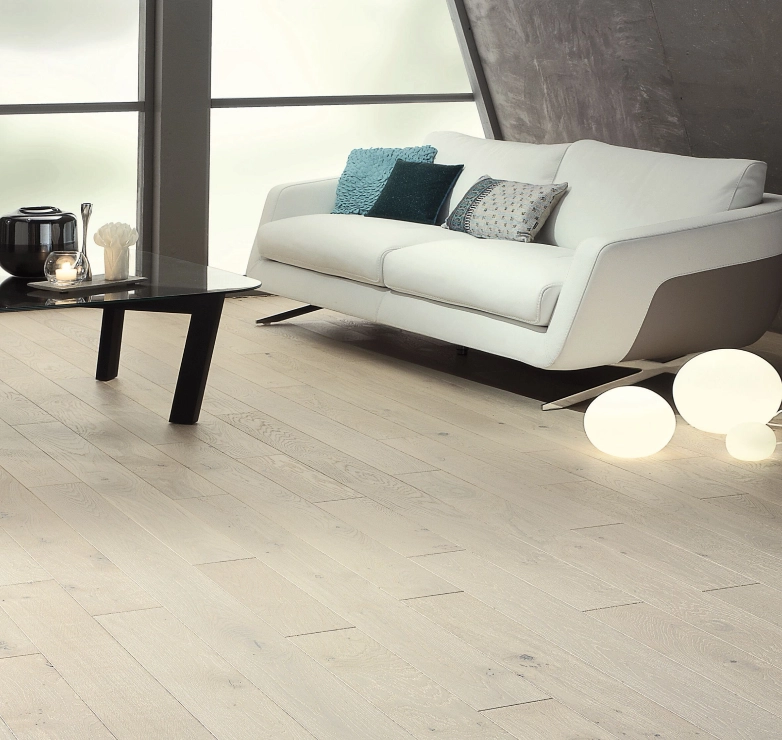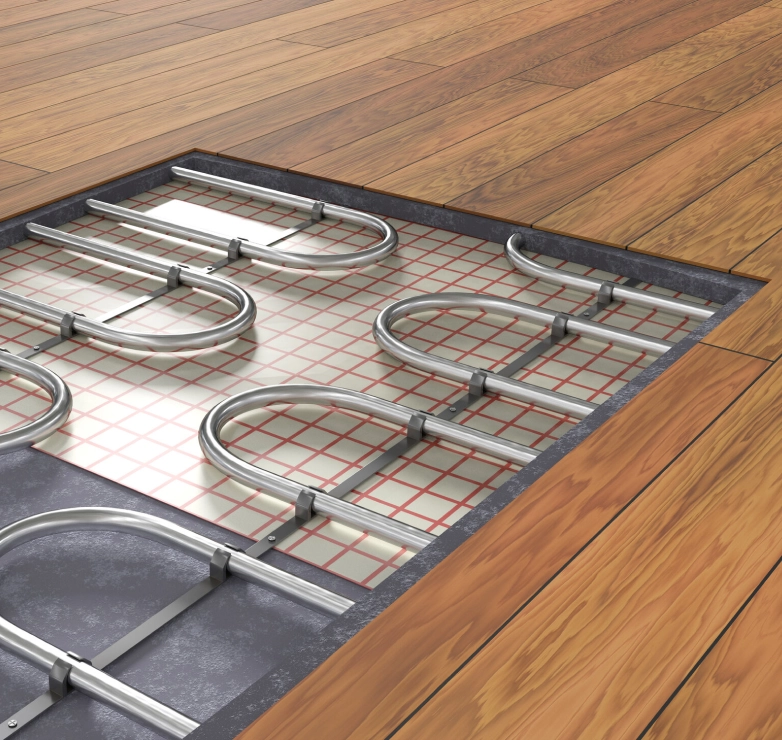How to water-pop a wood floor
To start, you’ll need to ensure that you have the correct equipment. This includes making sure that you are using purified water rather than the water out of your tap as the chemicals that are sometimes contained within tap water can be harmful to the wood.
Then, you’ll need to test the moisture content of the wood floor by using a moisture meter so that you can establish a baseline that can be used to indicate when the floor is completely dry.
There are a couple of different ways in which you can then proceed to water-pop your wood floors.
One option is to apply the water to the floor using a wet mop, a rag or a buffer with a carpet pad soaked in water. Though effective, this method can be time-consuming and involves a lot of manual labour.
Alternatively, you can fill a watering can with your purified water, and pour a 2-inch line along the floor, following the direction of the grain, and then use a T-bar (or window squeegee) to evenly spread the water out.
This is considered the simplest, quickest and most effective way to get the job done.
Once the water has been applied to the entirety of the floor, you’ll need to let it dry for 2-4 hours - using the moisture meter to help you establish when it has fully dried - and then complete the process by applying the stain to, what should be, a gritty textured flooring.
Water popping is a process that can quickly go south if it isn’t carried out correctly.
It is important to use a precise quantity of water, for example, otherwise you could oversaturate the wood and cause it to swell.
You must also ensure that you spread the water evenly across the surface of the floor because uneven water distribution can cause the floor to look blotchy in certain areas under the stain.
The only fix for this is to re-sand the surface of the wood which can be time-consuming and costly.
To avoid these kinds of errors, you should always get water-popping carried out by a flooring expert.



